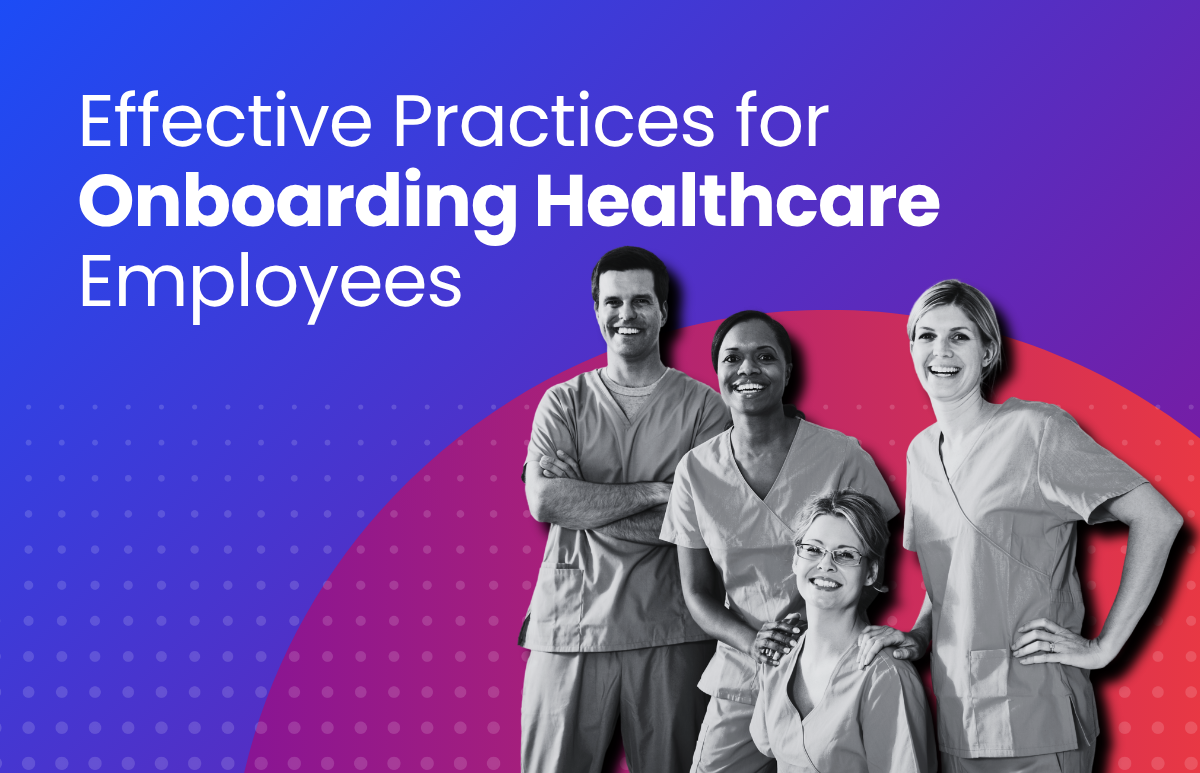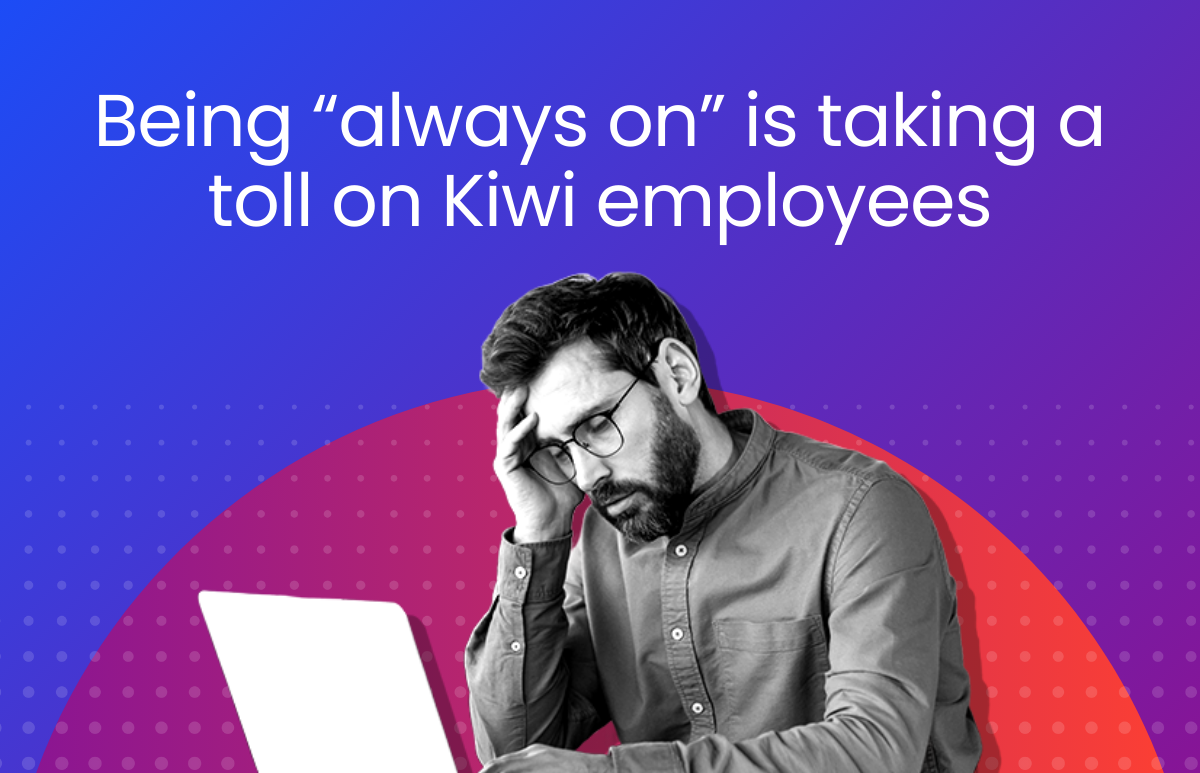5 Ways to Optimise HR Costs

With economic uncertainty continuing as the repercussions of COVID-19 and its aftermath continue, the temptation for business leaders is to either pause or scrap scheduled programs and initiatives in order to cut costs. However, this is a knee-jerk reaction that prematurely moves worthy, strategy-driven ideas to the back burner.
An alternative is to focus on cost optimisation, which is a more holistic approach to stretching budgets further when compared with the blunt approach of outright cost-cutting. Cost optimisation should be an ongoing exercise, not a one-off exercise, and the key is to find the right balance between cutting costs and maximising business value. By taking a cost optimisation approach, HR leaders can make immediate efficiency gains without impinging on long-term business performance.
How to optimise HR costs
Here are 5 areas to review when undertaking a cost optimisation strategy. The first two of these areas focus on HR’s contribution to cost optimisation across the entire organisation, while the others focus on cost optimisation efforts within the HR department itself.
1. Structure the workforce by aligning short-term business needs with long-term value.
The pandemic has fundamentally changed how and where business is undertaken. However, the most successful companies will respond quickly to market pressures in the short term and adapt their workforce mix to this new reality. How is this done? By creating cross-functional teams, employing a mix of permanent, part-time and “gig workers” (contractors, freelancers, etc.), and maximising the effectiveness of work undertaken by each employee, according to their skills and experience.
2. Reconsider the approach to remuneration and benefits.
A complicated compensation and benefits structure can undercut cost optimisation goals. An alternative approach is to build models with the flexibility to undertake cost optimisation initiatives while still tracking employee performance. The key to this approach is data. The right metrics can help to evaluate reward plans and allocate resources based on the return on investment.
3. Redesign processes to optimise service delivery efficiency and effectiveness.
What gets measured gets managed. The most successful businesses will benchmark their HR team’s processes to identify waste or duplicated efforts, split responsibilities among HR and stakeholder roles, and gather 360 feedback (including customers) to identify bottlenecks and improve service delivery quality.
4. Re-examine where cost optimisation can occur in HR shared service delivery models.
Organizations with long-standing HR shared service models should carefully examine their processes to identify potential cost savings. Standardising the shared service delivery can reveal hidden savings. Various units may use personalized versions of a process, causing duplication and resource waste, as seen in departmental practices. Standardizing recruitment processes is essential because departments have often made ad hoc changes to the process to suit their specific needs. When left unchecked, this can lead to unwieldly, costly operations.
5. Review HR technology usage.
HR technology can be a large investment, but few HR leaders monitor the efficiency or effectiveness of their existing (sometimes disparate) systems, or identify further areas which may benefit from automation and streamlining. Enhance system usage, identify underutilized systems, and reallocate resources.
Underpinning all of the above points is quantitative data. With a solid grasp of metrics and analytics, HR professionals can better prioritise and allocate resources wherever they are most needed. Just as critically, “knowing the numbers” can help to build an airtight business case that will withstand even the most stringent probing.
 HR Core
HR Core 









